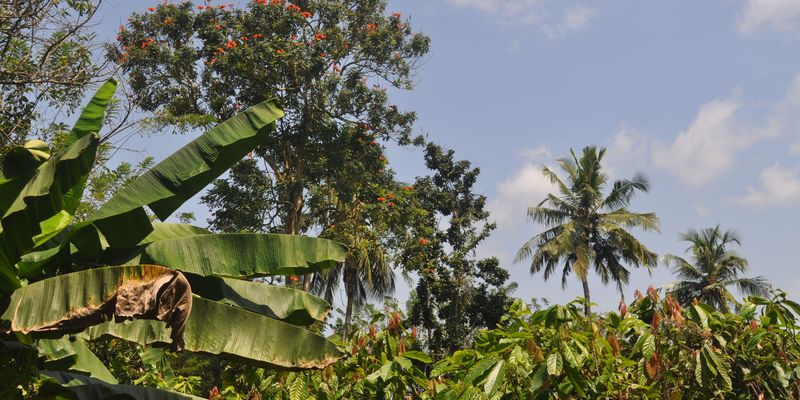Data use
Synthesizing tree biodiversity data to understand global patterns of vegetation
Published 6/28/2022
Study assesses potential of efficient integration of tree biodiversity data—including distribution, abundance, traits, sequences and conservation—for producing a holistic view of global vegetation

In terrestrial ecosystems, trees constitute the majority of biomass, providing structure, habitats, and resources for surrounding lifeforms. Playing a major part in global climate through their role in carbon and water cycling, trees are among the best-studied plant groups.
With the aim of producing a more holistic understanding of vegetation, reseachers evaluated the potential for integration of all available data on trees, assessing representation and identifying gaps in data and steps required to fill them.
Based on a list of more than 58,000 tree species derived from GlobalTreeSearch and the Global Inventory of Flora and Traits (GIFT), the authors compiled all available data, including occurrence data mediated by GBIF, trait data from TRY, abundance data from sPlot, molecular sequences from GenBank, and conservation assessments from IUCN.
Only about 10 per cent of species had data available across all databases. Coverage of distribution data was very good with nearly 85 per cent of trees having at least one record in GBIF. Availability of multiple traits, molecular data and conservation assessments was far less—about 45 per cent.
The study highlights trees as good models for understanding vegetation patterns, but points to gaps in data, particularly in the tropics, suggesting technological advances such as DNA barcoding, near-infrared spectroscopy and LiDAR remote sensing as potential high-throughput solutions for filling gaps.